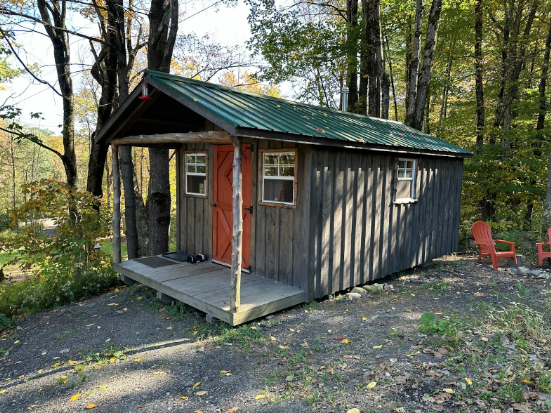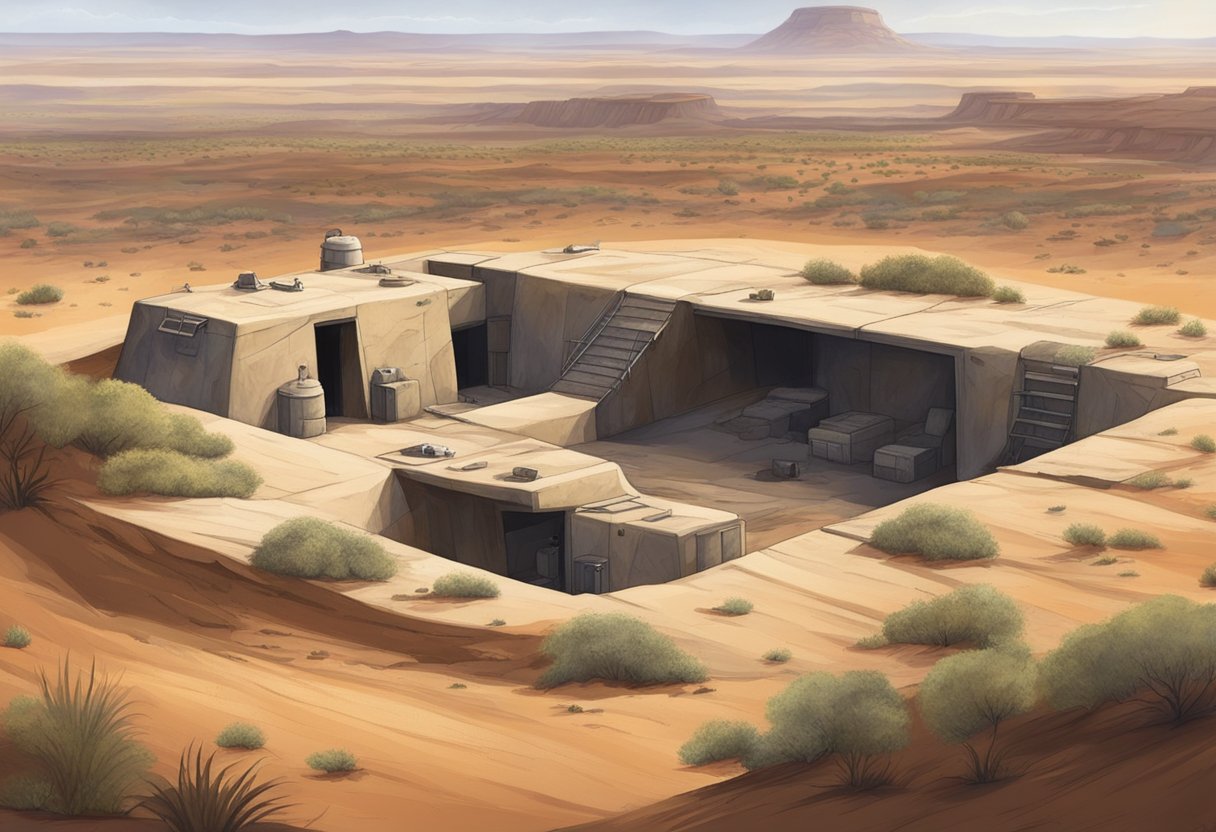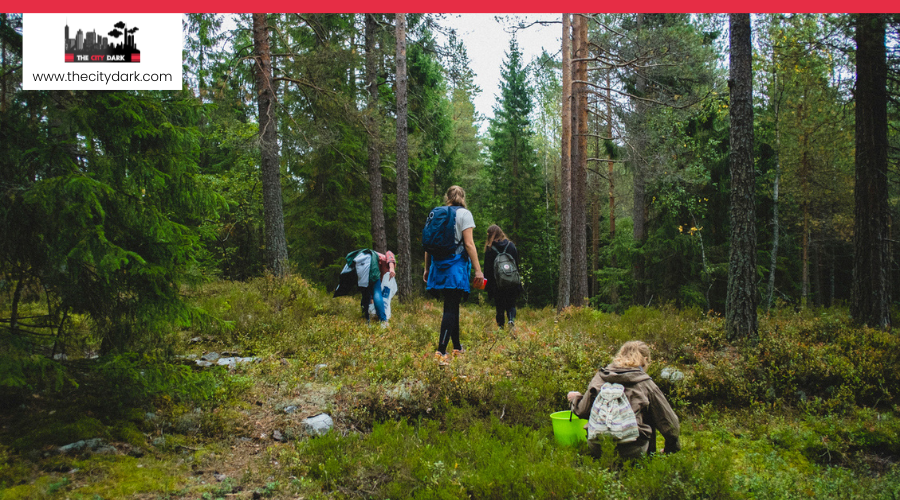Ultimate Bug Out Property or Survival Retreat: Key Features for Off-Grid Living

Having a dedicated bug out location or survival shelter can provide peace of mind during emergencies. These remote spaces offer a safe haven away from the risks of urban areas when disaster strikes. They also serve as secure storage sites for extra supplies and gear.
Choosing the right bug out property takes careful planning. Key factors to consider include distance from population centers, access to natural resources, and the local community. A well-selected retreat gives people a place to ride out difficult times with the essentials they need to survive.
Key Factors for Selecting a Bug Out Location
Optimal Distance for Your Retreat
Picking the right spot for a bug out location needs careful thinking about distance. A good spot should be far from busy cities but still reachable in a crisis. Try to find a place you can get to on one tank of gas. This helps make sure you can reach it when things go wrong.
The best bug out spots are away from crowded areas. Places with lots of people can be risky during big problems. They might have more crime, sickness, and not enough food or water for everyone. Look for spots that are not near big towns or cities.
Finding Good Water Sources
Water is very important for any bug out spot. Look for places with their own water that doesn't come from city pipes. Good choices are:
- Springs
- Rivers
- Wells
Make sure the water will last all year. Also, check if the land slopes in a way that lets you collect rain in a pond or tank.
Keeping Your Shelter Hidden
A good bug out spot should be hard for others to find. Think about these things:
- Is it easy for someone to walk onto your land by accident?
- Do trees or hills help hide your shelter?
- Can you protect the land if you need to?
Try to find a balance between a spot that's hidden but still useful for living.
Living Off the Land
Pick a place where you can take care of yourself. Your bug out spot should have:
- Enough sun for solar panels
- Trees for firewood
- Good soil for growing food
- Space for animals if you want to raise them
Also, check if there are wild animals nearby for hunting. All these things help you live without needing to buy stuff from stores.
Money and Rules to Think About
Even if you own your land, you still have to pay for some things. Look into:
- How much are the taxes on the land?
- What are the prices like for things you need to buy?
- Are there rules about what you can build?
Make sure you can afford to keep the land long-term. Check what the local rules say about building houses or other structures.
Watching Out for Natural Dangers
Every place has its own risks from nature. Before you pick a spot, learn about:
- Storms like tornadoes or hurricanes
- Earthquakes
- Droughts
- Floods
Look at past records to see what kinds of problems happen in the area. Think about how these things might make it hard to grow food or live there all year.
Also, check how safe the area is from crime. Look at reports for the spot you like and the area around it.
Common Questions About Bug Out Properties
Key Features of a Survival Retreat
A good survival retreat needs clean water, fertile soil, and natural resources. Look for a place with a spring, well, or stream. Choose land that can grow crops and support livestock. Forests offer wood for fuel and building. Pick a spot away from cities but close to small towns for supplies. Make sure the property has good drainage and isn't in a flood zone.
Setting Up a Reliable Water System
Dig a well or find a natural spring on the property. Set up rainwater collection from roofs. Use storage tanks to keep extra water. Filter and purify all water before drinking. Learn how to find and clean water from streams or lakes nearby. Plant trees and use mulch to help the soil hold more water.
Safety Measures for a Bug Out Property
Build tall fences around the property. Use thick doors and strong locks on all buildings. Set up alarms and cameras if possible. Create hidden spots to store food and supplies. Make escape routes and safe rooms inside. Learn the land well and set up watch points. Work with neighbors for shared security if you can trust them.
Climate Factors in Choosing a Retreat
Pick a place with mild weather year-round if you can. Avoid areas prone to storms, floods, or fires. Look for a spot that gets enough rain for crops but isn't too wet. Make sure winters aren't too harsh if you pick a cold place. Think about how the weather might change in the future too.
Food Plans for a Bug Out Property
Store dry goods like rice, beans, and wheat in airtight bins. Can fruits and veggies from your garden. Raise chickens for eggs and meat. Plant fruit trees and berry bushes. Learn to hunt, fish, and forage safely. Keep seeds to grow more food each year. Use root cellars to store food without power.
Preparing for Off-Grid Living
Install solar panels or a small wind turbine for power. Use propane tanks for cooking and heating. Set up a compost toilet system. Learn to fix things yourself and keep spare parts. Have many ways to communicate like radios. Keep medical supplies and learn basic first aid. Collect books on survival skills and homesteading.




